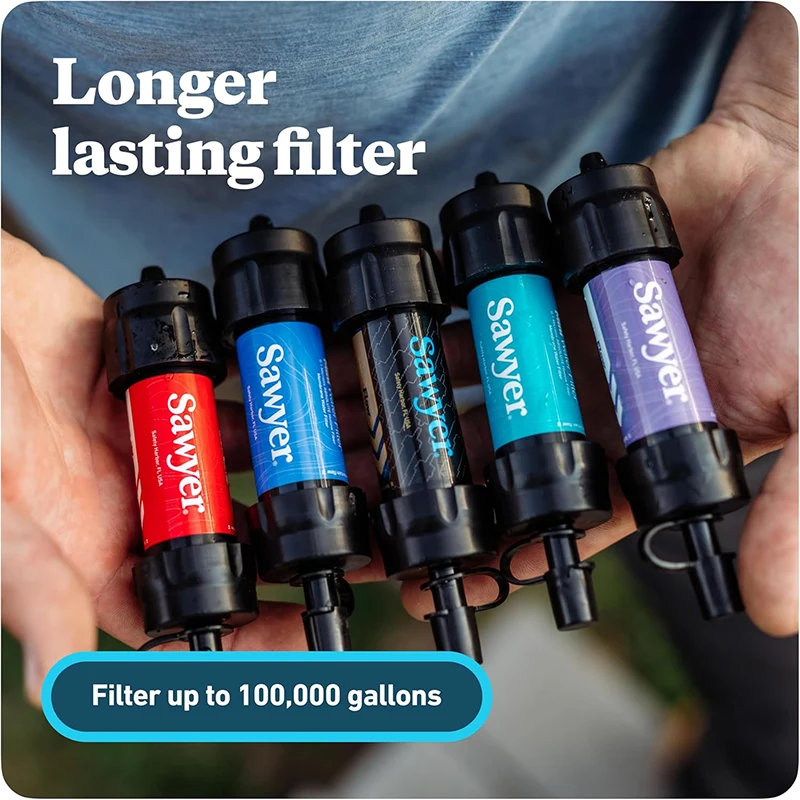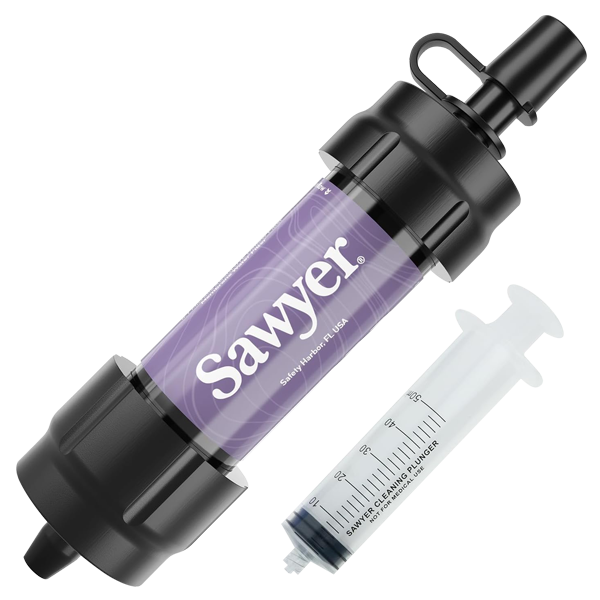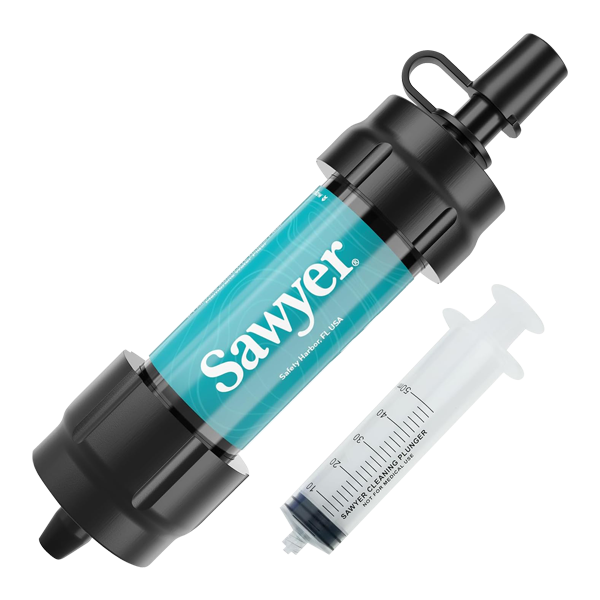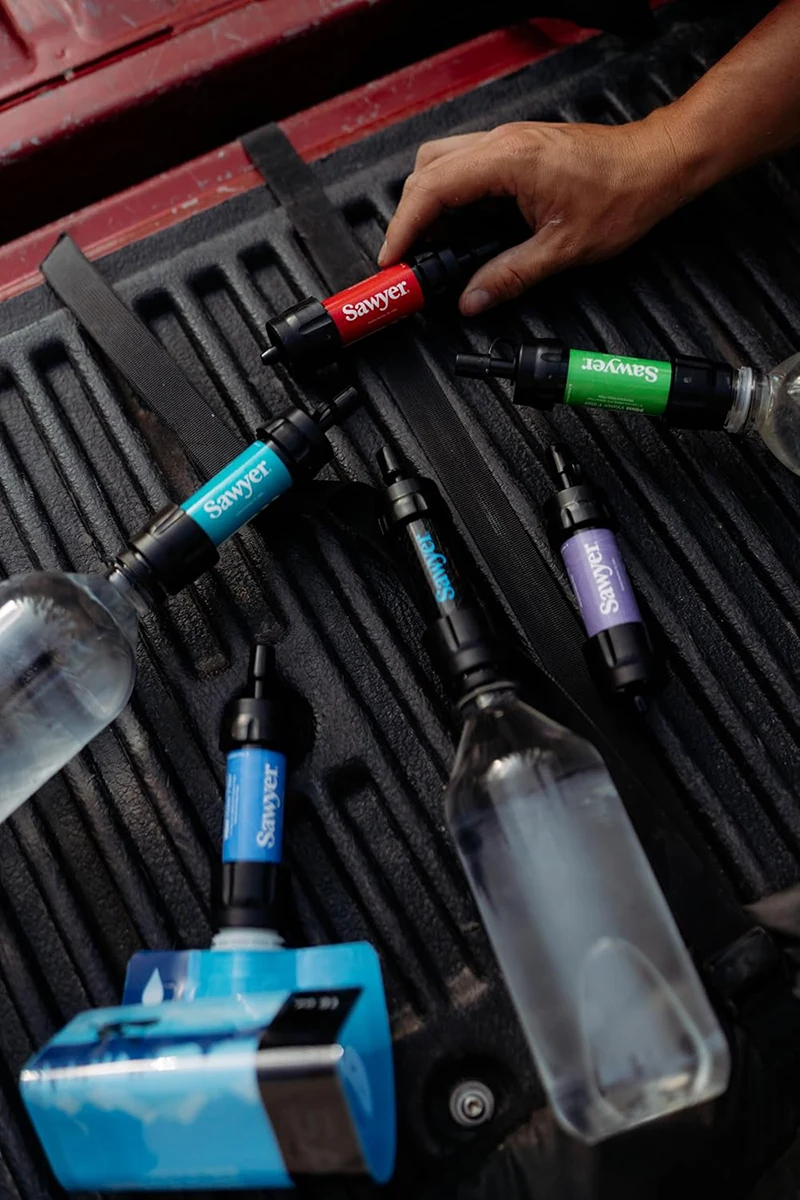


レベッカ・"ソックド・イン"・スペリー、ニューイングランドのホワイト・マウンテンでレッドライン走行
封じ込められた苦しみ:精神衛生と極限の持久的挑戦の関係を検証する
Words by Maggie Slepian
The first several days of witnessing my partner, Jeff “Legend” Garmire, on his Colorado Trail record felt celebratory. It was like cheering for a team you knew was going to win. Each time Jeff passed our film crew’s locations, he was ahead of their estimated schedule and appeared almost flawlessly capable, like the compounding miles had no impact on him. The cameramen would report back to me with giddy excitement, tripping over their words and interrupting each other to tell me how strong and unaffected he looked.
As the days wore on and the miles accumulated, the record became less fun to watch. Jeff was slowing down, sometimes so much that the crew would sit for hours in their hidden locations, waiting to catch a few seconds of footage as he crested a ridgeline or gained a switchback. I’d wait in a nearby town with a pit in my stomach as the crew’s tentative return time came and went. Eventually they’d straggle back, each time more somberly. It wasn’t that Jeff was behind the record pace, it was that the crew was now witnessing someone push themselves beyond the limits of what a human body should be doing. To beat the unsupported record, Jeff was hiking for 22 hours at a time, covering more than 50 miles a day.

コロラド・トレイルでFKTを達成したジェフ'レジェンド'ガーミア。Photo by Kevin Fox
それは私がこれまで目撃した中で最も野蛮な持久力の偉業だった。彼が非常に苦しんでいたことは否定できない。「ジェフの身体は文字通り壊れかけている。「でも、彼はまだ頑張っている。
、ジェフは記録を達成し、安堵と祝福の中、私はその疑問に立ち返り、彼が自らに課した苦悩の中で、それでもなお走り続けるという考えに執着し続けた。これは公認のウルトラマラソンではない。私たちが目の当たりにしたのは、自分で設定した目標の名の下に、自分の体を酷使する最も残酷な努力のように思えた。
私の頭の中では、次の論理的な質問がこうだった。「自分をぎりぎりまで追い込む人は、うつ病や不安症の症状が高く出るのだろうか?このような努力を求める人は、ある種の感情を抱いた結果、そうなるのだろうか?あるいは、そのようなチャレンジを求めるような人とは異なる配線が施されているのだろうか?
全体として、こうした疑問にはほとんど答えがない。一部の研究によると、高成績を残す持久系アスリートは、一般の人々よりも高い精神衛生上の問題を抱えているという。 2016年の報告に よると、ウルトラランナーのサンプル集団は、一般集団よりも高い割合でうつ病や精神障害を経験していた。一般集団は6.7%であったが、調査に回答したウルトラランナーは、うつ病の症状について20%のスクリーニング陽性が報告されている。
エンデュランス界のトップ選手であるロブ・クラーやニッキー・キンボールは、メンタルヘルスとの深い闘いについてオープンにしている。ジェフはメンタルヘルスとの継続的な取り組みについて公表している。ニッキー・キンボールは『Finding Traction』の中で、自身の葛藤について残酷なまでに正直に語り、うつ病がウルトラランニングの達成に向けた燃料であると同時に、最も暗い時期を乗り越えた 理由の ひとつでもあると述べた。Krarrの苦闘は、 2019年のOutsideの 特集でも紹介された。これらのアスリートたちはみな、バックカントリーでの極限のアウトプットを、解放であると同時に、自らに課した苦しみの一種として表現している。
私たちはすでに、アウトドアに出たり運動したりすることが、前向きで回復力のあるメンタルヘルスにとって 重要な要素で あることを知っている。今、私たちが理解しようとしているのは、最もタフで根性があると私たちが認識している人々の経験をより深く掘り下げることである。
エマ・ホートンは熟練したウルトラランナーだが、物心ついたときから不安と鬱の発作を経験してきた。彼女は、運動は代理として、あるいは気晴らしとして、自由奔放な鬱や不安から解放してくれると信じている。

カイル・ティルマンによるエマ・ホートンの写真

Photo by Kyle Tilleman
「(耐久イベントでの)苦しみは具体的な経験です」とホートンは言う。「実生活では、具体的なスタートとゴール、トレーニングプラン、スタートからゴールまでの行動様式がない苦痛な体験がある」
。極端な耐久チャレンジでは、闘いは区分けされ、封じ込められている。ハイカーやランナーが疲労困憊したり、苦痛を感じたりするのには明確な理由がある。10日間のプッシュのうち5日目だ。目標に遅れをとり、睡眠を見送らなければならない。心の中の暗い空間と肉体的な痛みは、ピンポイントな場所から生じている。因果関係があるから、痛みをコントロールできる。理由も終わりもある。

Photo by Kyle Tilleman
「肉体的な痛みや疲労は、トレーニングする上で非常にわかりやすいものです。「肉体的な痛みや疲労には限界がある。私のランの最悪の日は、うつ病の最悪の日ほどひどくないわ」
ハイキング・コミュニティで"Socked In " として知られるレベッカ・スペリーは、メンタルヘルスに激しく悩まされていた時期にニューイングランド・ハイキングの挑戦と厳かな美しさを発見し、以来、山で一年中ソロで自分を追い込む厳しい意欲を中心にレクリエーションの存在を築いてきた。
スペリーのメンタルヘルスとの付き合いには、不安やさまざまな恐怖症を伴うパニック障害と診断された数十年の歴史がある。この年、レベッカはシングル・イヤー・レッドラインという極限の挑戦に挑んだ。これはホワイトマウンテン・ガイドブックに掲載されているトレイルをすべて歩くというもので、最終的には約1,800のトレイルを歩くことになる。レッドラインはニューイングランドのニッチな試みであり、通常、人々が生涯をかけて取り組むものだ。
「私は精神的に自分を追い込むために、シングルイヤー・レッドラインのような挑戦を追求しています。自分がどこまでやれるか試してみたいんだ。「精神的にどこまで耐えられるか、何度も驚かされる。
アスリートのメンタルヘルスに関する詳細な研究はまだ比較的限られており、その 結果は一貫していない。話題の多くは個人的な体験談からもたらされ、最近ではメンタルヘルスの闘いに関するオープンな議論も行われている。以前はタブー視されていたアスリートのメンタルヘルスについて、逸話的かつ実証的な研究が増えつつあるが、それは比較的最近の話である。

Elite athletes are looked up to, idolized at a certain level. They embody a fierceness and untouchable quality that sheds the potential for weakness, which has created an aura around them that doesn’t leave space for personality traits and struggles that could be perceived as “weak.”
The ability to push through intense physical challenges isn’t limited to people who have experienced dark periods of mental health, but having fought through those times and come out on the other side can assist in present athletic challenges. “Taking on extreme things is my way of throwing up the middle finger to my panic disorder,” Sperry says. “It’s a way to say ‘you're not going to rule my life anymore.’ ”
Whether it’s a coping mechanism, a predisposition to put themselves through intense challenges, or an ability to “suffer better,” Rebecca believes that ”taking on physical challenges helps athletes process things, gives them something positive to work towards and shows them how strong they are both physically and mentally.”
An endurance event within a specified time frame—an FKT, a single-year redline, an ultramarathon—takes an incredible toll on your body. There is pain and heightened levels of sensation and suffering. But in this suffering, there is also accomplishment, and the entire experience is contained.
“Suffering is a tangible experience in endurance,” says Horton. “Conversely, there are painful experiences in life that don’t have a start and finish, a training plan, mode of operations. Those are the greater struggles of just being a person.”
In their challenges in the mountains, athletes are solving a problem of their own desire and creation. Their singular focus is a drive to reach the finish line, whether it’s crossing off trails in a book, clocking hundreds of miles under a certain time, crossing under a banner at the end of a race.
Endurance athletes are regarded in such a way that their willingness to discuss their experiences means less people feel alone in a struggle experienced by so many. This is just the start of a conversation surrounding the subject, and with more openness from athletes and the trickle-down effect into all tiers of the endurance world, the stigma is letting up.
The more we talk about these things, the less taboo the discussions become, and the more can be understood about the ways people deal with struggles and process their own internal challenges.
If you or someone you know is struggling, please reach out to the National Suicide Prevention Lifeline '1-800-273-TALK (8255)' or text TALK to 741741, the texting hotline.
About the Author
Maggie Slepian is a full-time freelance writer based in Bozeman, Montana. She is the co-founder of BackpackingRoutes.com, and is tentatively planning four thru-hikes for 2021... in the name of website research. Follow her on Instagram here, and find writing clips and contact info at Maggieslepian.com
情報源
Hughes L, Leavey G. "Setting the bar: athletes and vulnerability to mental illness.". Br J Psychiatry. (2012)
Doherty S, Hannigan B, Campbell MJ."The Experience of Depression during the Careers of Elite Male Athletes.".フロント・サイコル (2016)
Pearson DG, Craig T. "The great outdoors?自然環境のメンタルヘルス効果を探る」 Front Psychol.
Cook, Joshua J. "The Relationship Between Mental Health and Ultra-Running:A Case Study"ScholarWorks-UARK. (2018)
Buck K, Spittler J, Reed A, Khodaee M. "Psychological Attributes of Ultramarathoners"Wilderness and Environmental Medicine.(2017)
チームから
スクワッドメンバーやアンバサダー、ブランドパートナー、ソーヤーチームなど、私たちのコミュニティとのキャンプファイヤーでの会話。

















